Digital Transformation Consulting: Cost, Strategy,...
October 13, 2025

2. API Response Caching:
3. Content Caching:
4. Real-Time Dashboard Data Caching:
Twitter uses Redis caching to store recent tweets from users you follow. When you log in or refresh your feed, instead of fetching all the tweets from a database, Twitter retrieves them from Redis. This makes your feed load much faster since Redis stores tweets recently posted by people you follow.
When you open Netflix, Redis caches your viewing history and preferences. This helps Netflix recommend movies and TV shows you might like. For instance, if you watch a lot of action movies, Redis stores this information to suggest similar titles the next time you visit.
Uber relies on Redis to manage real-time ride requests. When you request a ride, Redis stores your request and your current location. It also keeps track of available drivers nearby. This way, Uber can quickly match you with the closest driver for a faster pickup.
1. Read-Heavy Workloads: Redis is ideal for applications with a high volume of read operations, as it can quickly serve cached data, reducing the load on backend databases and APIs.
2. Real-Time Data Requirements: When your application requires real-time data and low-latency access to frequently changing data, Redis excels in providing immediate access.
3. Session Management: Redis is well-suited for storing and managing user sessions in web applications, ensuring quick and efficient session handling.
4. Caching Frequently Used Data: Use Redis when you need to cache frequently accessed data, such as API responses, HTML fragments, or frequently used database query results, to reduce data retrieval latency and improve application performance.
Large Data Sets: Redis can be memory-intensive, especially when caching large data sets. If your data set is too large to fit into memory, using Redis might lead to performance issues or require a substantial amount of memory, which can be costly.
High Write Intensity: It’s unsuitable for write-intensive workloads with frequent data updates.
Complex Querying: Redis is unsuitable for complex querying or data searching. It lacks support for structured querying, secondary indexes, and joins. If your application requires complex data retrieval operations, you might need to use a traditional relational database or a NoSQL database that supports such querying.
Simple Key-Value Storage: If you only need a simple key-value store without the advanced features that Redis offers, using Redis can be overkill. Alternatives like Memcached or even a basic key-value store like LevelDB might be more lightweight and easier to manage.
Budget Constraints: Redis can be resource-intensive, and the cost of running a Redis cluster with sufficient memory can be significant. If you have budget constraints, you might need to consider more cost-effective caching solutions or data stores.
Prerequisites
Before starting the Integration, ensure that the following prerequisites are met:
Java Development Kit (JDK): Install the JDK by following the instructions at JDK Downloads.
Spring Boot Project Structure: Set up a Spring Boot project structure as described in the Spring Boot Project Structure Guide.
Redis Server: Install and run a Redis server on your system by following the instructions at Redis Downloads.
Project Setup
To implement Redis caching in your Spring Boot project, follow these steps:
Add Dependencies
Add the required dependencies to your project’s pom.xml file:
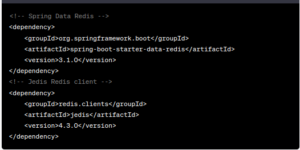
Configuration
In your application configuration (typically YAML or properties files), add the following lines to configure Redis:

Redis Configuration
The Redis configuration is vital for setting up the connection to the Redis server and configuring the Redis Template. The Redis Configuration class is responsible for these tasks. Here’s the configuration code:
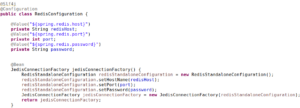
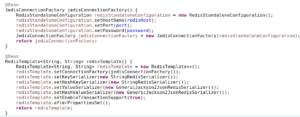

Redis Caching Implementation
The Redis Implementation class contains methods for caching, retrieving, updating, and deleting data in Redis. It interacts with the Redis cache. Here’s the code for this class:


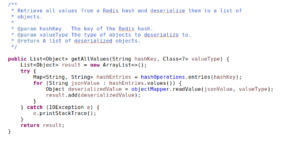
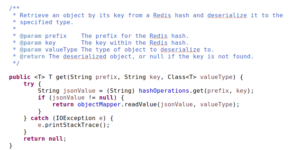
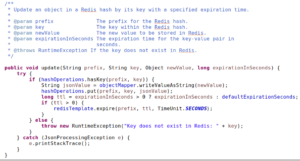
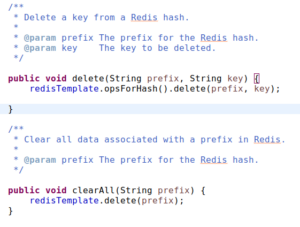
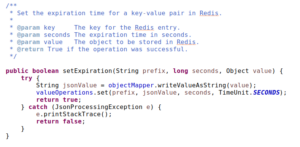
Conclusion
In conclusion, this Proof of Concept successfully demonstrated the implementation of Redis caching in a Spring Boot application. Redis caching offers substantial performance improvements, including reduced database load and faster data retrieval. It is a valuable tool for optimizing applications that handle frequently accessed data.